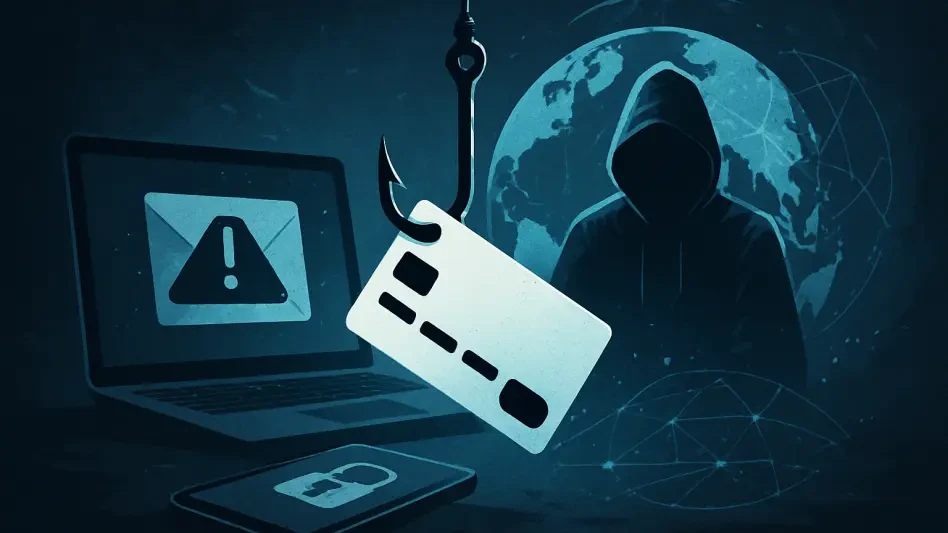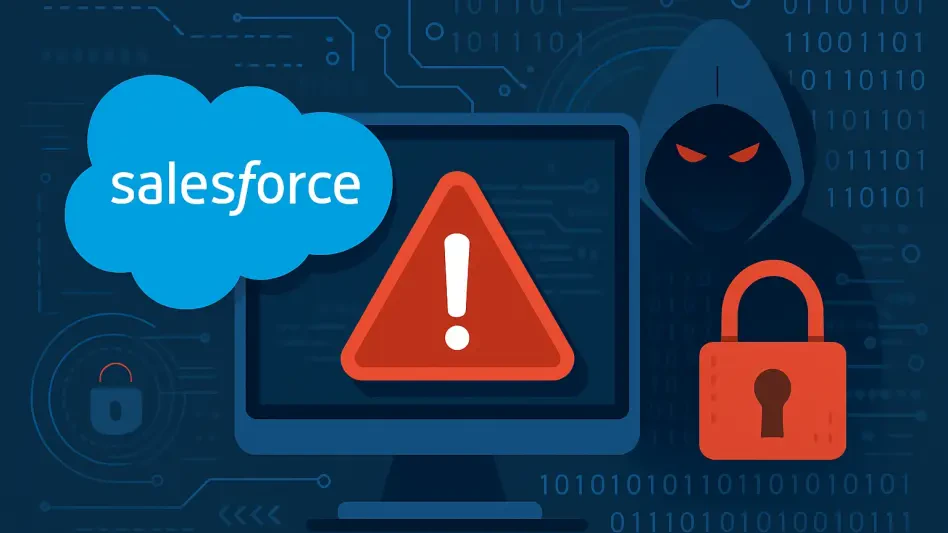In today’s digital landscape, where cyberattacks are a looming threat, the importance of strong, secure passwords cannot be overstated. Often, individuals and organizations adopt overly simplistic passwords, making themselves vulnerable to attacks. The repercussions of poor password practices can range from unauthorized data access to financial losses. As cybersecurity experts elevate their defenses, cybercriminals heighten their tactics, targeting weak credentials. To safeguard digital assets, it is critical to establish robust passwords and take actionable steps toward improving overall security strategies. This article explores methods to fortify password security and introduces ideal practices to curb potential breaches.
1. Leverage a Password Vault
A password vault stands as a formidable solution in the realm of digital security, offering sophisticated tools to generate and manage complex passwords. By utilizing such software, users can create unique passwords for each account, ensuring substantial protection against unauthorized access. These vaults are equipped with encryption features, safeguarding stored credentials against cyber threats. Moreover, employing a vault eliminates human error, often associated with remembering and typing passwords manually. As security breaches surge, maintaining a password vault has become essential for individuals and enterprises. Adopting this tool can ensure that strong passwords are automatically applied, reducing potential vulnerabilities.
Beyond mere storage, modern password vaults guide users in crafting secure passwords devoid of familiar patterns. They advise against using names, common words, or predictable strings, facilitating the creation of passwords with mixed characters. Thus, utilizing a password vault not only enhances security but also streamlines the management of credentials across multiple platforms. The simplicity and accessibility of these vaults make them indispensable in adhering to contemporary best practices. As they evolve, password vaults are poised to incorporate machine learning to further enhance their capability in detecting suspicious activities related to password usage and access.
2. Craft Robust Passwords
The hallmark of effective password security is crafting robust, intricate passwords resistant to unauthorized access. Ideally, passwords should comprise a minimum of 12 characters, integrating uppercase, lowercase letters, digits, and special symbols. Such complexity significantly elevates the difficulty level for cybercriminals attempting to breach accounts. By steering clear of common phrases or easily guessed words, users reinforce their cybersecurity measures. Creativity and unpredictability are key in designing passwords that withstand sophisticated hacking attempts. However, memorability shouldn’t be overlooked, as overly complex passwords can lead to frustration and misuse.
Educating users on the importance of strong passwords remains crucial, especially as threats evolve. Institutions are encouraged to conduct workshops to enhance password crafting skills among employees. Regular updates and alterations are recommended, ensuring passwords remain dynamic and capable of deflecting emerging threats. Research indicates that frequent password changes decrease the likelihood of successful unauthorized access. Furthermore, real-world simulations, testing password strength against common hacking techniques, help users understand vulnerabilities and appreciate the importance of robust security measures. By adopting a proactive approach, individuals and organizations can significantly reduce exposure to cyber threats.
3. Activate Two-Factor Authentication
Implementing two-factor authentication (2FA) adds a substantial layer of security, becoming pivotal in safeguarding digital identities. 2FA operates by requiring two forms of verification before granting account access, typically involving something the user knows, such as a password, and something the user possesses, like an authentication code sent to a mobile device. This additional step challenges unauthorized attempts and minimizes risks associated with stolen credentials. As cyber threats become more sophisticated, the practice of 2FA continues to be highly recommended across various platforms. Critical to its success is user adoption and consistent application in day-to-day operations, ensuring the second verification layer is always active.
While 2FA enhances security, awareness and training are essential for effective implementation. Users should be familiarized with various 2FA methods available, including SMS, email authentication codes, and app-based options. Technology advancements further offer biometric options, such as fingerprint and facial recognition for authentication, providing convenient alternatives while maintaining security rigor. Additional steps, such as routinely reviewing authentication logs for anomalies, can shore up security measures and alert users to potential breaches. The widespread adoption of 2FA across sectors underscores its significance in the modern cybersecurity framework. As its integration becomes standard, continuous development and adaptability will ensure its effectiveness amidst evolving threats.
4. Establish Password Guidelines
Establishing clear and comprehensive password guidelines is vital for any organization’s cybersecurity strategy. These guidelines should mandate the creation and usage of robust passwords, specifying length, character composition, and change frequency. It is recommended that passwords feature at least 12 characters with a mix of upper and lower-case letters, numbers, and special characters. Implementing such guidelines ensures uniformity in password security across all user accounts within an organization. This practice minimizes the risk of breaches arising from weak or predictable passwords. Reinforcing guidelines through official policies fosters a culture of vigilance towards digital security, complementing technological defenses.
Regularly updating these guidelines, considering emerging threats, is critical for long-term efficacy. Training sessions can familiarize staff with new policies, emphasizing the repercussions of non-compliance. Encouraging a proactive attitude towards password management, organizations can maintain rigorous security standards. Complementary to guidelines are automated systems prompting password expiration reminders and enforcing password changes. These initiatives cultivate an environment dedicated to fortifying security measures, ensuring adaptability against ever-changing threats. Collaborative efforts, involving user feedback, remain instrumental in refining password policies. Such engagement fosters a secure digital environment committed to safeguarding sensitive information.
5. Regularly Assess Access Permissions
To ensure enhanced security, continual scrutiny of access permissions within an organization is paramount. Such assessments involve evaluating who has access to specific data, applications, and systems, identifying potential vulnerabilities. Regular audits and inspections reveal lapses in security measures, prompting corrective actions that fortify defenses against breaches. These processes strengthen organizational security frameworks, creating stricter protocols governing access and, subsequently, reducing exposure to threats. Efforts must encompass all departments, aligning access management practices with organizational objectives and compliance standards. Collaboration between IT teams and management is essential to bolster access control strategies.
Periodically refining access rights and revoking permissions from inactive or obsolete accounts ensure a streamlined process that prioritizes security. Tools facilitating access review and management automate many processes, enhancing efficiency and accuracy in identifying discrepancies. Training sessions should acquaint personnel with such tools and the significance of access review. Understanding the layers of access control and their impact on system security cultivates an informed workforce, vigilant against misuse or oversight. Organizations should adopt industry standards and practices in access management, fostering adaptability and resilience against unforeseen threats. In this perpetual cycle of assessment and adjustment, security measures remain robust and dynamic.
6. Watch for Credential Exposures
In the modern digital era, where cyber threats are increasingly prevalent, the significance of creating strong and secure passwords is vital. Unfortunately, many individuals and organizations employ simplistic passwords, leaving themselves exposed to cyberattacks. The consequences of poor password management range from unauthorized access to sensitive data to substantial financial losses. As cybersecurity professionals enhance their defense mechanisms, cybercriminals too adapt their strategies, often focusing on weak credentials. Therefore, it’s essential to not only establish strong passwords but also to continuously improve security measures as part of a broader strategy to protect digital assets. This article delves into techniques for strengthening password protection and outlines best practices to prevent potential intrusions. Ensuring the security of personal and organizational information is crucial, and adopting robust passwords is a fundamental first step in this ongoing battle against cyber threats.








